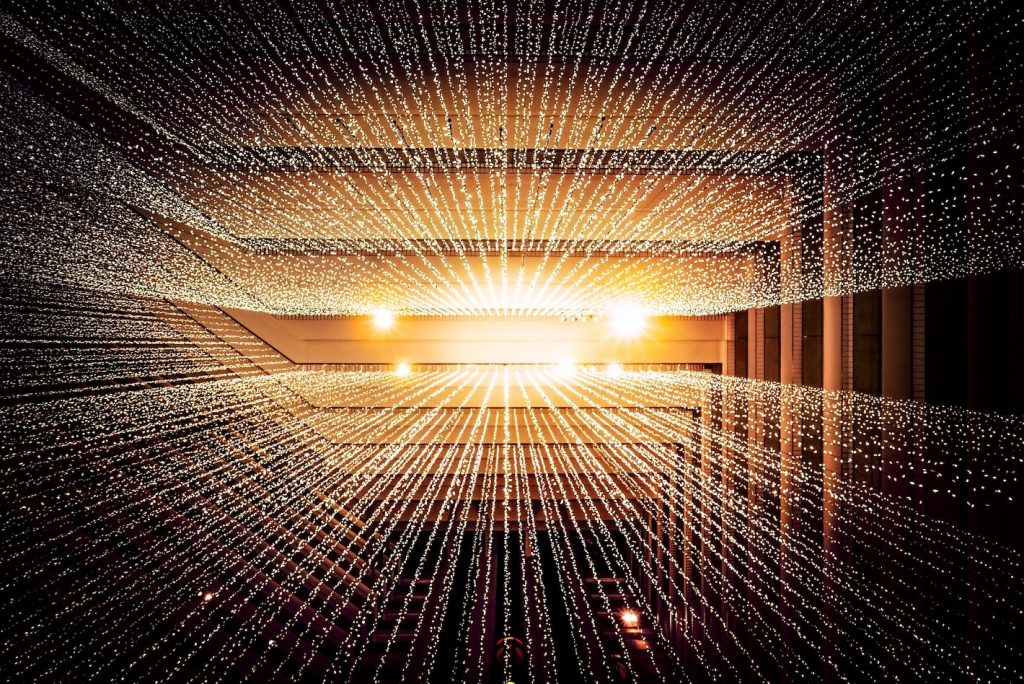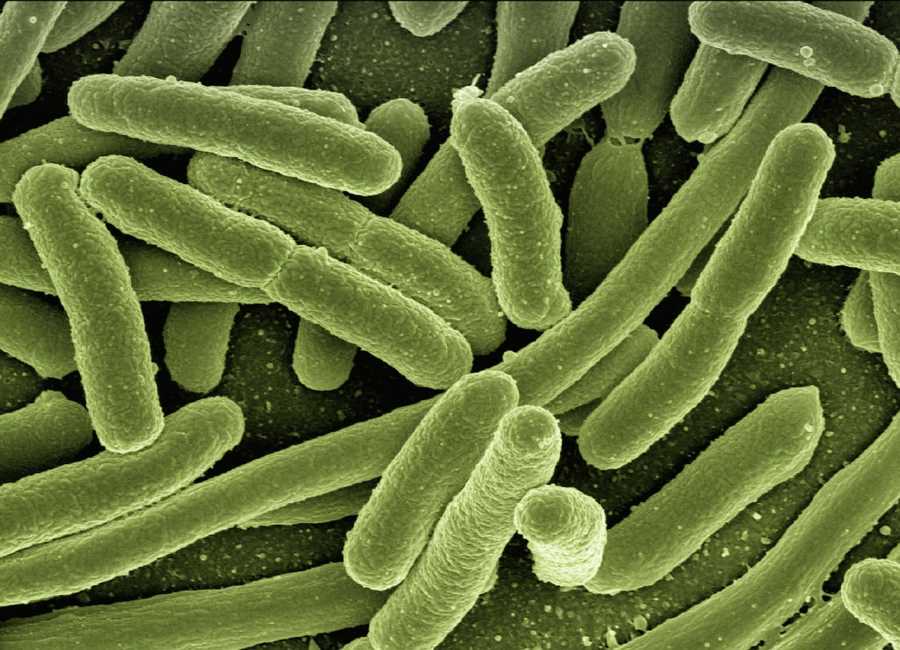What is your favourite childhood memory? Is it the time you received a Christmas present, or went away on vacation? Whatever it may be, how exactly are you able to recollect it? To answer this, we need to dabble in some basic neuroscience.
Our brain functions through neural activity. The neurons within the brain form connections with one another. These are called synaptic connections and take place at a junction called the “synapse”. When particular synaptic connections are activated and re-activated multiple times, they become stronger and lead to the formation of vivid memories. These synaptic connections are crucial to the very being of every human. The neurons communicate with each other through the release of neurotransmitters, which are responsible for all that we do: recall, show emotions, work, or even sleep.
Meet the connectome
A connectome comprehensively describes the architecture of such connections within the brain. Owing to the one hundred billion neurons and around seven hundred trillion synaptic connections present in the human brain, mapping the connectome is not as straightforward as it may sound. To put things into perspective, the mapping of the brain of a roundworm, Caenorhabditis elegans, with only 302 neurons and around 7,000 synaptic connections between them took more than a decade’s work and required up to 12 terabytes of storage space. Interestingly enough, the mapping of connectome has made inroads into the world of cryonics. The point of interest for cryonicists lies in the possibility of preserving the pattern of information in the brain, rather than giving all the focus to its biological structure. The process to achieve this is called vitrifixation.
What is Chemical Fixation?
Amongst the challenges faced by traditional cryonicists are the rapid decay of the brain tissue, and ice crystal formation. This is countered by performing cryoprotective perfusion and subsequent vitrification of the human brain prior to its preservation in liquid nitrogen. While this is done to minimise ischemic damage, the short window of time available to complete this process means injecting cryoprotectants with considerable force. This can cause severe interference with the region-to-region connective relationships in the brain, which is so crucial for its functioning.
An alternative to this is proposed in the form of Aldehyde Stabilised Cryopreservation (ASC), aka chemical fixation. This technique favours the use of glutaraldehyde to perfuse the brain by halting all metabolic activity at cellular levels. ASC preservation has been successfully demonstrated through the preservation of rabbit and pig brains. This was done by chemical fixation of the brains of these mammals with a glutaraldehyde-based chemical fixative, followed by perfusion using increasing concentrations of ethylene glycol over several hours. The brains were then vitrified at -135° for long-term preservation. Upon rewarming, they were examined through a combination of electron microscopy and imaging of selected brain volumes. Synaptic connections were optimally preserved and the neural processes appeared to be traceable. In other words, mapping the connectome of ASC-preserved brains offers a high chance of understanding how that particular brain functioned and the information it stored since both of these are dependent on synaptic connectivity and neurotransmission. While this sounds like a bright prospect, humanity is yet to achieve this feat.

Moreover, neuropreservation through chemical fixation has a major demerit: this process is irreversible. The cessation of metabolic activity brought about by glutaraldehyde perfusion is so absolute that it cannot be undone. This means that the brain, i.e., the biological structure itself, is irreversibly dead. The prospect of preserving the brain’s information is further marred by the fact that the connectome mapping of a human brain is technologically not possible at present. Moreover, the endpoint to this exercise, i.e., whole brain emulation, is yet to become a reality.
On the other hand, traditional cryoprotective perfusion affords some expectation of reversibility, thereby safeguarding the brain’s biological structure from irreversible damage. In the eye of such conflicting takes on comparative advantages and disadvantages between the two methods, looking at the philosophical reasoning behind each of these may provide a further understanding of the preference.
The relative importance of the information
The ASC route to neuropreservation places more importance on the information and the pattern in which it is stored in the brain rather than its biological makeup. Those who endorse this equate an individual’s identity with the pattern of information. According to them, when this is coupled with the preservation of the brain’s connectome through chemical fixation, an individual’s pattern identity is preserved. This, they postulate, can then be emulated through software and artificial intelligence. The result generated would thus be the individual itself and not their mechanical copy.

Contrastingly, certain cryonicists, particularly those already in cryonic suspension, as well as those who have signed up for cryopreservation, do so with the belief that in order for a successful revival, their body, or their brain (in the case of neuropreservation) should be revived. They rely on the theory that the physical form of the brain is the key to what is inside. This is why they prefer to use techniques such as cryoprotective perfusion and vitrification with less toxic chemicals. This process, unlike ASC fixation, is reversible, and the organ is cryonically suspended for an indefinite time.
Charge your synapses
While both approaches are backed by sound reasoning, indicating a preference may not be as simple for every cryonics enthusiast. The debate is ongoing and interwoven with not only scientific and technological considerations but also philosophical ones. Timeskipper has presented you with the strengths and the challenges of both. Now, we invite you to make the judgement call. Now, which neurotransmitter is going to help you with that?













